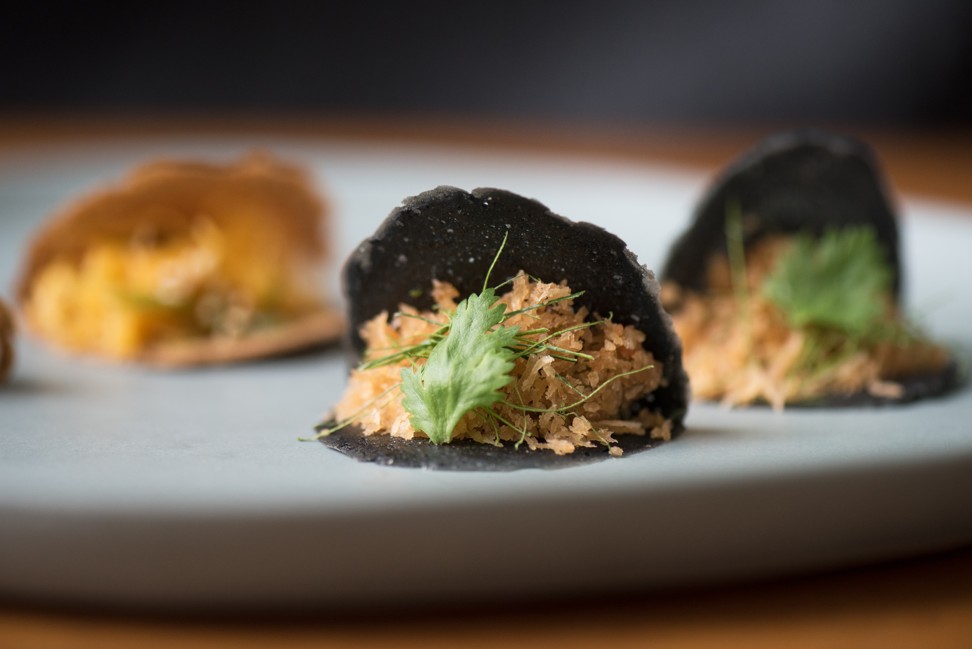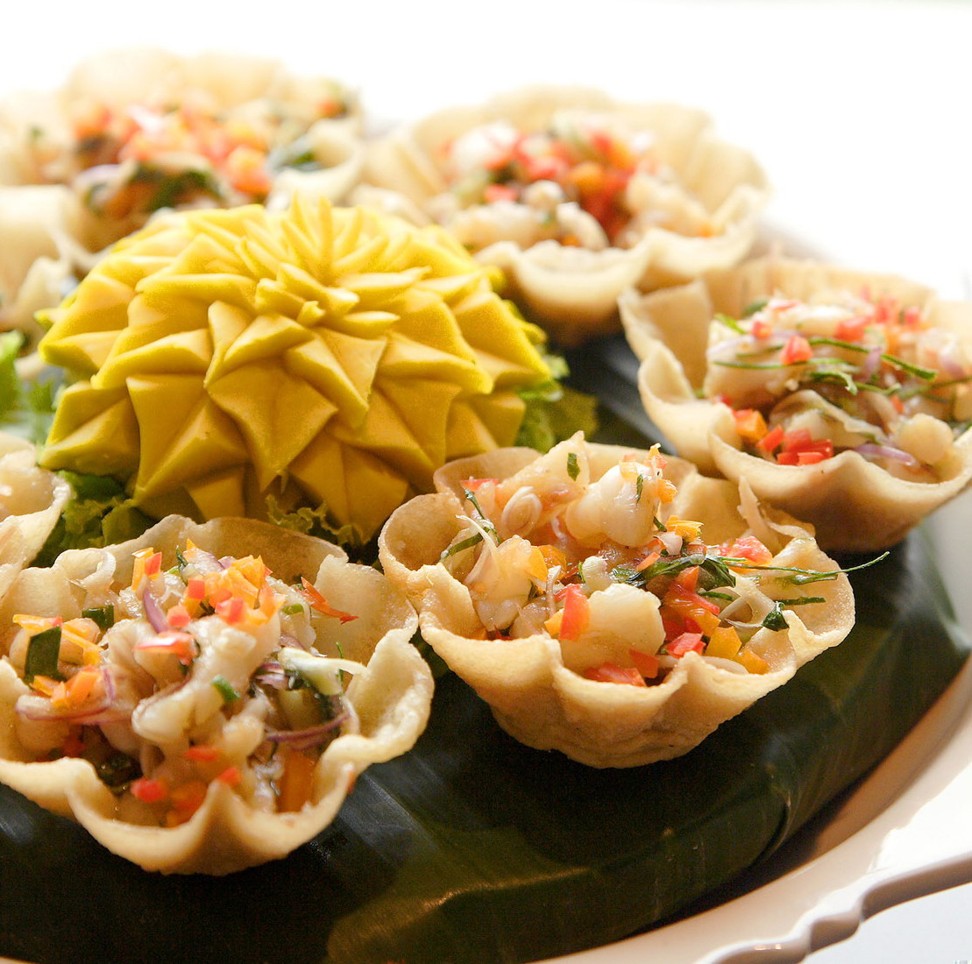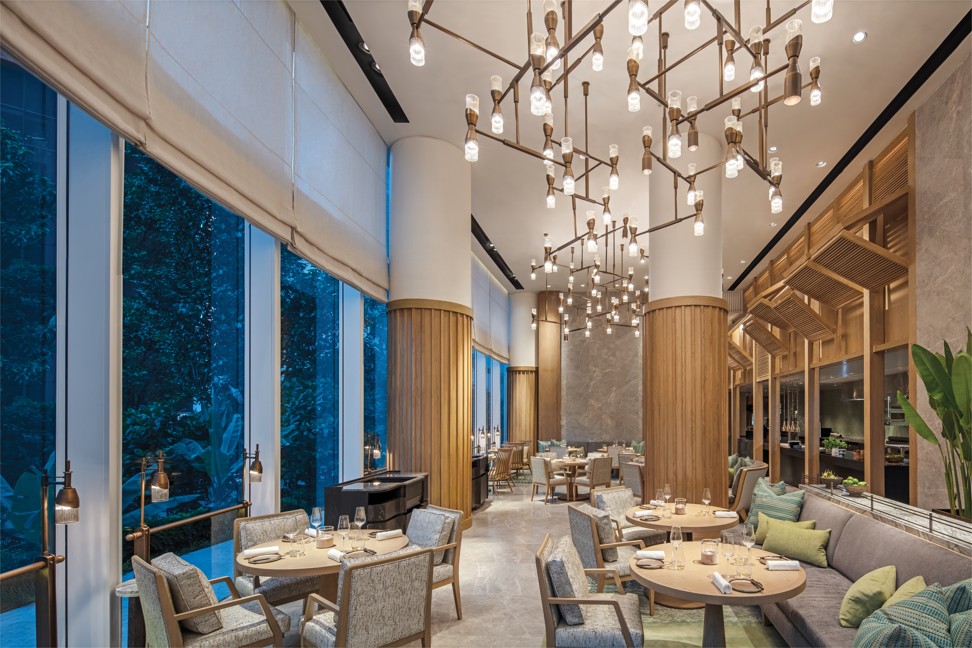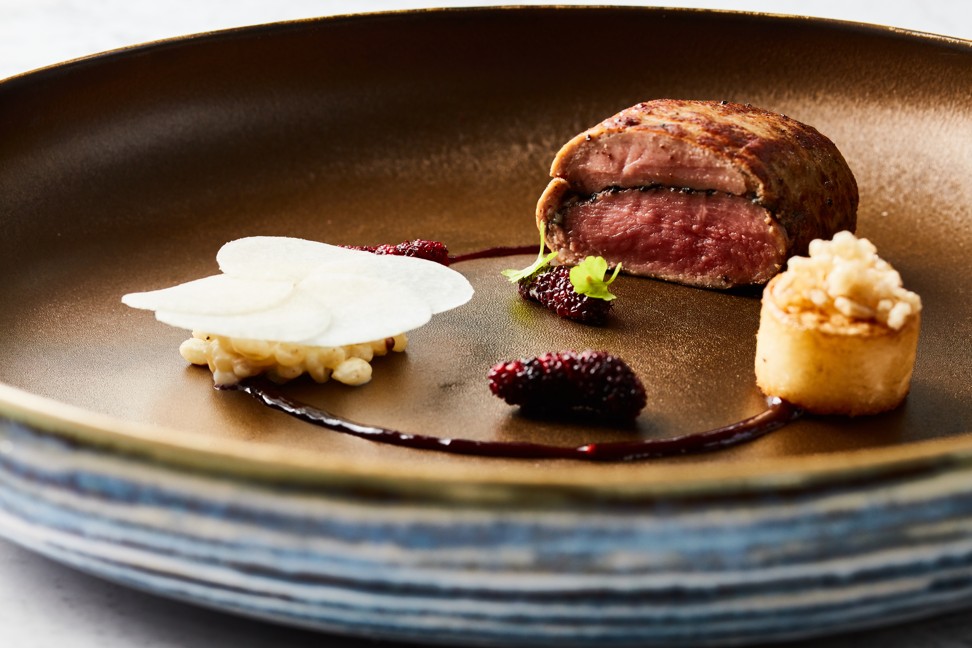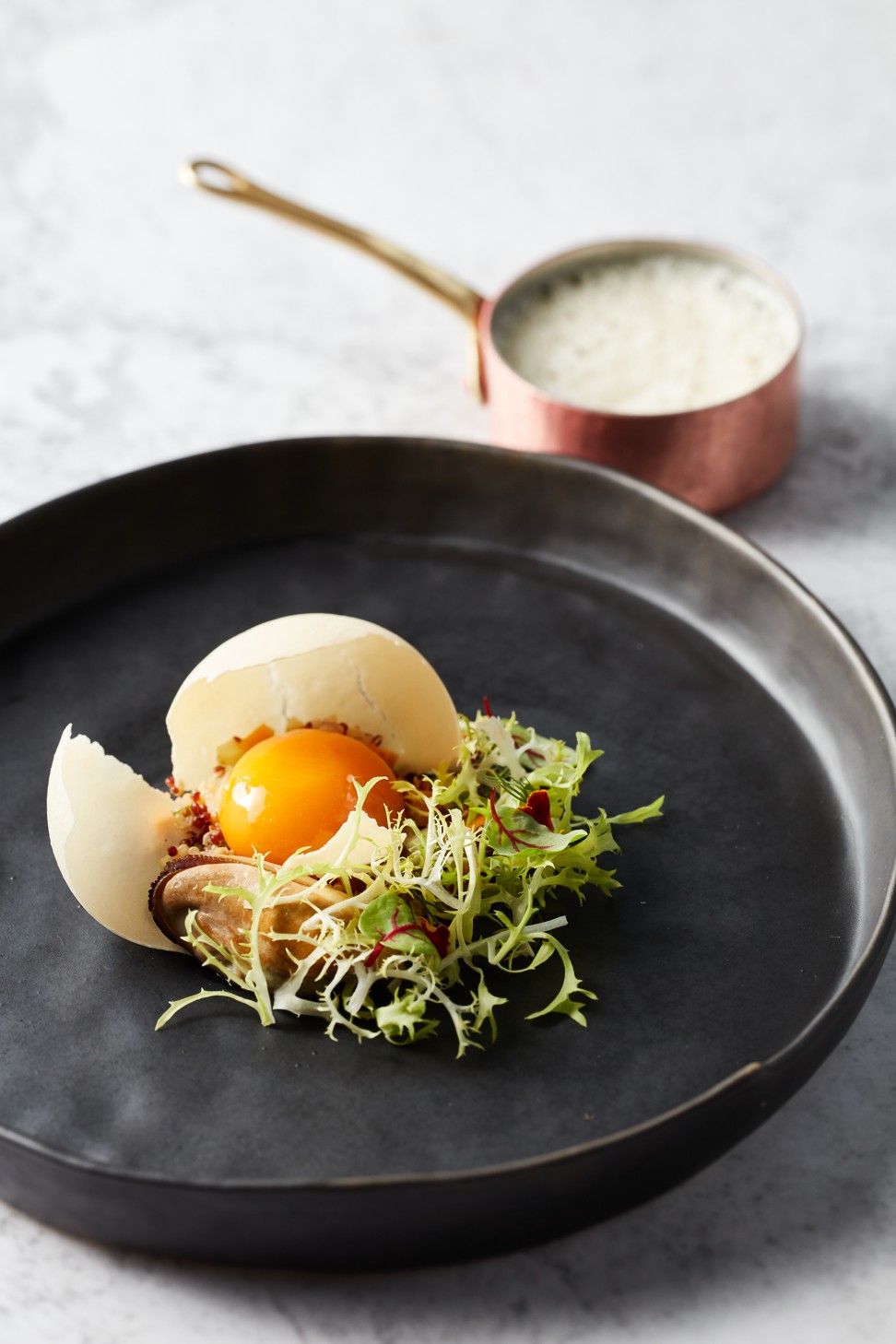
It’s a Thai food revolution: Bangkok chefs get funky
A handful of Bangkok chefs have grown super adventurous, and are relishing new contrasts in tastes
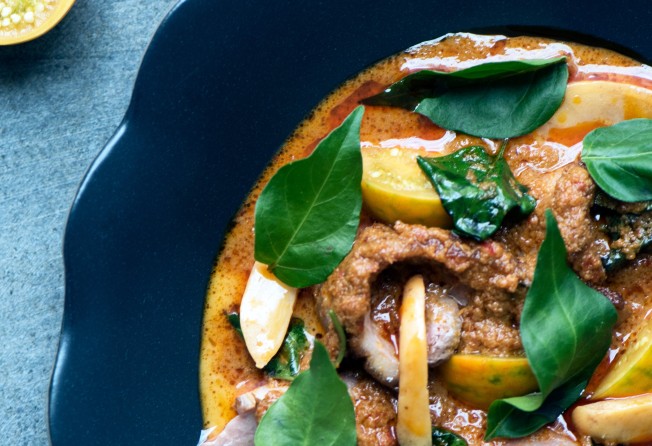
To Thai food purists, ingredients like fennel, bergamot and beetroot might veer slightly left of field of convention. Chef ‘Fae’ Rungthiwa Chummongkhon at the Waldorf Astoria Bangkok’s Front Room seems to be relishing these contrasts in tastes. Her interpretations of Nordic-Thai cuisine include a beef tartar-inspired dish, added with pickled papaya and northern Thai spices.
“The food concept that I present at Front Room is something new,” says the chef de cuisine who defined her culinary repertoire at Michelin-starred restaurants like Frederikshoj in Denmark and La Belle Epoque in Germany. So while not totally sitting in the category of Thai food, the menu at Front Room is best described as a modern version of Scandinavian cuisine with flavourful taste from (mostly) Thai ingredients. However, chef Chummongkhon feels there are inherent similarities between Nordic and Thai cooking.
“In Scandinavia, pickling methods preserve vegetables for longer periods. In Thailand, for many centuries, pickling is used to preserve food as well,” she explains.
Over at Nahm, which was awarded a Michelin star last year, chef Pim Techamuanvivit takes a middle-way approach. She describes her take on Nahm’s cuisine as a “showcase of the best of Thai cuisine” – from the cooking techniques to the best local ingredients. “What I try to do instead is to create a balanced menu that has a good balance of some strongly flavoured dishes, some funky dishes, and also some on the milder, less-spicy side so that the guests have choices and they can compose their meal to their taste,” explains Techamuanvivit, who divides her time each month between Bangkok and San Francisco (where she also operates the one Michelin star Kin Khao).
Centring on an authentic homestyle in terms of palate and presentation, she matches traditional dishes with slightly unconventional ingredients like Chiang Mai pigeon with fresh herbs, a Wagyu herb soup, as well as lamb massaman curry simmered in lychees.
Over at Ruen Urai, which serves royal Thai cuisine, owner Thomas Vitayakul says that it’s the preparation and presentation of dishes such as saeng wah ghratong thong (crispy cups filled with prawn and herb salad), la-tieng (Thai sweetmeat wrapped in egg lattice), ghaeng mussamun (massaman curry), and ghaeng ped bped yaang (red curry of barbecued duck) that elevates this refined style of cuisine. “Royal Thai cuisine may be a way or a style of cooking that requires labour and time. For example, fish is perfectly deboned. Fruits are intricately pared and deseeded. Vegetables are beautifully carved. The flavours may or may not be spicy according to one’s liking,” he says.
New things create new opportunities. Food [and cooking] is a major part of Thai culture
Thai food expert, writer and chef Sirichalerm Svasti (who’s better known as chef McDang), considers, too, that the cuisine, be it at palaces or in private homes, has been evolving through the centuries.
“We adopted, adapted and used ingredients brought over to Siam by the Portuguese and combined it with herbs, which were medicinal [in nature] and created a cuisine from paste-based cooking techniques,” says chef McDang, who traced the history, structure and influences of the Portuguese, Indians and Chinese on Thai food in his book, The Principles of Thai Cookery .
He also highlights the fact that the Portuguese brought chilli peppers from Mexico to the then-Siam and the rest of Asia, and introduced sugar cane, corn, tomatoes and aubergines to the region.
“The Indians incorporated coconut milk in our curries and the Chinese gave us the most important cooking techniques: stir-frying and deep fat frying.” It was only just over 200 years ago that we started stir frying and deep fat frying and the birth of noodles was all credited to the Chinese who migrated to Thailand during the reign of King Rama the 3rd.
At Front Room, chef Chummongkhon echoes this view. “New things create new opportunities,” she says. Her take? This is the reason there are many young and talented chefs who are coming up with new restaurant concepts.
“Food [and cooking] is a major part of Thai culture. We just create something new or adapt what has previously been presented,” she adds.
Chef Chummongkhon’s sourcing of ingredients like bergamot and caviar is part of this creative wave.
“As much as we aim (and also try hard) to find ingredients locally, we have to accept the fact that we can’t compromise on quality. So when we have to import the best quality ingredients, we have no choice but to do so.”
To complement her menu, Chef Techamuanvivit at Nahm zeroes in on local ingredients like young green grain rice from Suphan Buri and hand-produced palm sugar made in Prachuap Khiri Khan.
“I try to use the best ingredients I can find, and I try to be as local as possible,” she says, viewing it as a responsibility as a successful chef to promote artisans who are doing things the right way. “It’s another way [of approaching] sustainability, to help create a good market and commercial viability for these local artisans and farmers so their businesses are sustainable and they can make a good living.”
And while diners at Nahm might be composed mostly of European and Asian tourists, chef Techamuanvivit says that she does not adapt the flavour or spiciness of a dish for an audience.
“I cook for people who love food. I don’t care who they are or where they come from,” she says.
Chef Chummongkhon believes that Asian millennials are now more adventurous when it comes to food. She adds: “As long as they understand that we don’t serve traditional Thai food at Front Room, they will love the journey. We have quite a number of returning guests already.”
In contrast, locals who have not travelled outside Asia might, according to chef McDang, feel a disconnection in terms of pricing: “They might not be able to get their head round paying 600 baht [HK$150] for a Thai chef’s fusion version of green chicken curry.”
Thai food experts comment on their memories of the cuisine:
“I miss the refined palace cuisine and the care they take in making Thai food in court. It is not different from regular Thai food but certain rules are followed. They have to use the best ingredients available, [there are] no extremes in flavour. Everything has to be balanced. It should be not too hot. Those are the memories I have about Thai food but I am just as comfortable eating at a Chinese shophouse restaurant.”
Sirichalerm Svasti (chef McDang)
“We live in an age where street food has become a buzzword – an obsession in food media, but I am of an opinion that home cooking is the best. I grew up in a family that valued home cooking and heritage recipes. We also pride ourselves in taking the recipes that our grandparents and great-grandparents had passed down to us and making them our own, using the new techniques, tools and ingredients that are available to us.”
Leela Punyaratabandhu

